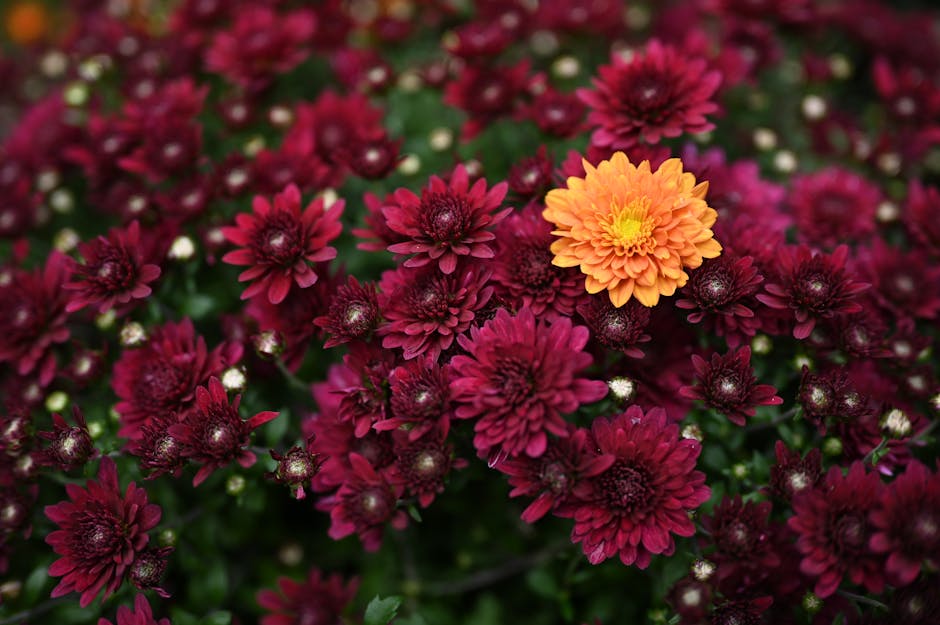Transforming Your Outdoor Space: The Art and Science of Garden Design and Planning
In an era where our outdoor spaces can serve as a sanctuary from the hustle and bustle of daily life, the art and science of garden design and planning have never been more vital. A well-designed garden not only enhances the beauty of your home but also promotes mental well-being and encourages outdoor activities. Whether you’re looking to create a lush retreat, an edible garden, or a minimalistic oasis, the process can be both exciting and rewarding.
First things first, understanding your space is crucial. Take the time to observe your garden at different times of the day. Note the sun patterns, wind direction, and any existing flora and fauna. This information will help you make informed decisions about what plants to choose and where to place them. Remember, every garden has its unique personality, and acknowledging its existing elements can save you time and resources.
Next, consider your vision. Are you aiming for a traditional cottage garden, a modern minimalist space, or perhaps an exotic retreat? Your vision will guide your plant selection and layout. Sketching a rough plan can be incredibly helpful, allowing you to visualize your ideas and make adjustments before breaking ground.
Budget-friendly options abound in the realm of garden design. You don’t need to spend a fortune to create a stunning outdoor space. Consider starting with perennials that come back year after year, reducing your need for annuals. Plants like lavender, daylilies, and hostas offer beauty and resilience, often requiring less maintenance over time. Furthermore, local plant nurseries frequently have seasonal sales, allowing you to stock up on plants at a fraction of the price.
If you’re the DIY type, embrace the trend of repurposing materials. Old bricks, wooden pallets, and even glass jars can find new life as garden features. Build a rustic raised bed from reclaimed wood or create pathways with bricks to add character and functionality without the hefty price tag.
When it comes to garden planning, think about the psychological impacts of your choices. Studies have shown that greenery and well-planned gardens can reduce stress and anxiety. Consider incorporating sensory elements such as fragrant herbs, textured foliage, and vibrant flowers that can evoke positive emotions. The soothing sound of water features, like a small fountain or a pond, can also enhance the tranquility of your space.
As you plan, remember that gardens are living entities that change and evolve. A good garden designer knows that flexibility is key. Be prepared to adapt your designs as plants grow, seasons change, and your personal tastes evolve. You may find that what you envisioned a year ago no longer fits your lifestyle or preferences, and that’s perfectly okay.
Incorporating eco-friendly practices is another emerging trend in garden design. Opting for native plants not only supports local wildlife but also requires less water and maintenance. Rain gardens, which are designed to absorb excess rainfall, can reduce runoff and help manage water effectively. Utilizing composting systems or organic fertilizers can enrich your soil naturally, ensuring a sustainable approach to gardening.
Finally, embrace technology as a tool for your garden planning. There are numerous apps and software available that can help you visualize your garden design, track your plants’ growth, and even schedule maintenance reminders. From virtual reality garden planners to plant identification apps, technology can simplify the gardening process and help you make informed choices.
In conclusion, garden design and planning is an engaging process that allows for personal expression, environmental stewardship, and mental rejuvenation. By considering your space, budgeting wisely, and embracing both traditional and modern practices, you can create a garden that not only beautifies your home but enriches your life. So grab your sketchbook, roll up your sleeves, and start your journey towards a flourishing outdoor haven.

